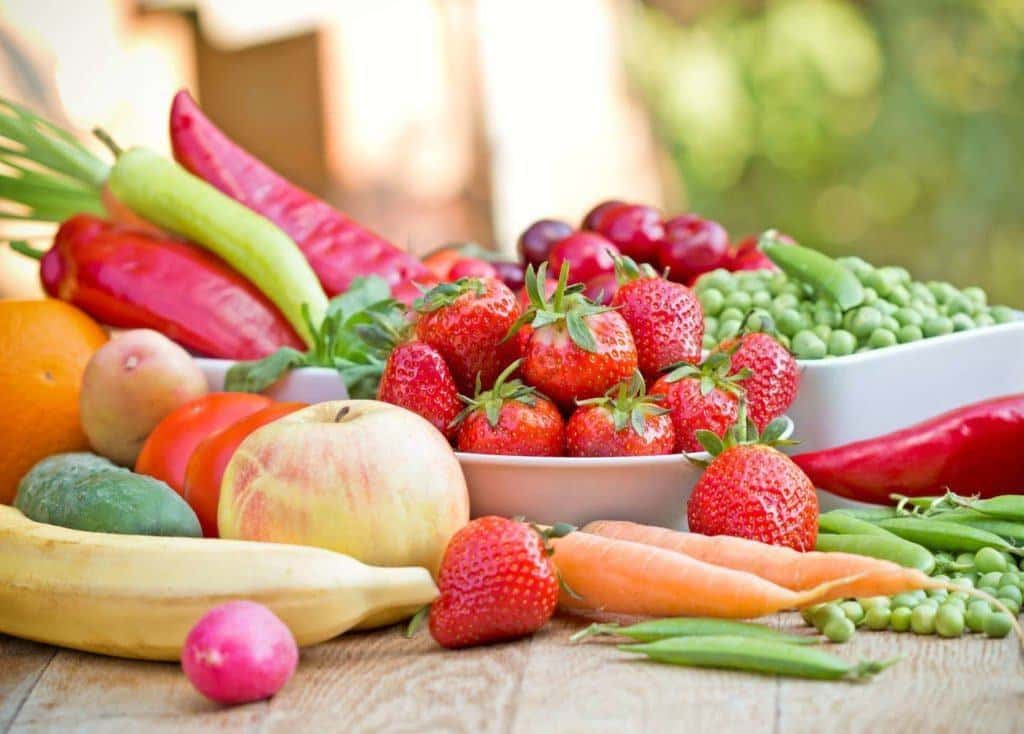Contents:
- Medical Video: Kidz Explain Promo - Why Do We Need to Eat Vegetables?
- Nutrition improvement
- Decreased risk of obesity
- Better school activities
- Give more fruits and vegetables in your child's diet
- Add fruit and vegetables to the food each time the child eats
- How many servings are needed?
Medical Video: Kidz Explain Promo - Why Do We Need to Eat Vegetables?
Fruits and vegetables provide many benefits for children, including improved nutrition, reduced risk of obesity, and better academic activities. Unfortunately, most children don't get five or more servings of fruits and vegetables recommended in a day.
Nutrition improvement
Children during their developmental years need good nutrition, and fruits and vegetables provide a large supply of vitamins, minerals, and other important compounds. Citrus fruits and strawberries are rich in vitamin C which can boost the body's immune system, carrots are rich in vitamin A which is good for the eyes, and spinach is a good source of iron to prevent anemia. Apples contain 16 kinds of polyphenols, antioxidants that can improve health. Eating fruits and vegetables of various colors will provide a number of nutrients to keep children healthy.
Decreased risk of obesity
Fruits and vegetables have high fiber content, but are low in fat and calories. Getting children to eat fruits and vegetables rather than sugary snacks and fatty fast food will help them to avoid the risk of obesity. Overweight children have a higher risk of developing type 2 diabetes, high cholesterol, hypertension, respiratory problems and depression.
Better school activities
Children who diligently eat healthy foods, including eating lots of fruits and vegetables, show better results during academic tests than children who rarely eat fruits and vegetables. Children with a healthy diet have a percentage of up to 41% for not failing an academic ability test compared to other children. Many factors can influence children's academic activities, but nutrition is a major contributor to better achievement in school.
Give more fruits and vegetables in your child's diet
Fruits and vegetables contain lots of vitamins, minerals, and dietary fiber. To stay fit and healthy, your child needs to eat a balanced diet that includes fruits and vegetables every day. How much he needs depends on his age.
Different colors and fruits have different health benefits so try to provide lots of fruits and vegetables with different colors for your child.
Add fruit and vegetables to the food each time the child eats
There are many interesting ways to do this. Fruits and vegetables can be served raw, baked, grated, or cut into squares. They can also be added to other food ingredients.
Other tricks are:
- Add slices of banana or strawberries in cereal.
- Add pieces of fruit to yogurt.
- Make a smoothie using fresh fruit or frozen fruit.
- Prepare a vegetable slice in your child's lunch box.
- Try vegetable kebabs with your child's dinner.
- Give your child a pizza with sliced mushrooms and capsicum.
Eating fresh fruit is far better for your child than drinking a glass of packaged fruit juice, which can contain up to six teaspoons of sugar and very little dietary fiber.
Fresh fruit and vegetables are good things, but canned fruits and vegetables (low in salt), dried fruits and vegetables, and frozen fruits and vegetables are other good alternatives. It is still better to choose fruits and vegetables that are packaged in cans or natural juices, rather than those with added sugar or salt.
Dried fruits, such as apricots, apples and raisins, contain vitamins, minerals and fiber. However, they also contain high sugar and can cause tooth decay, especially because these fruits tend to stick to your child's teeth. It's better to consume only a small amount of dried fruit, and make sure your child drinks a glass of water after consuming it.
How many servings are needed?
One serving of fruit is the same as one piece of medium fruit, two small pieces, or one bowl of fruit pieces.
One serving of vegetables is the same as one medium sized potato, half a bowl of cooked vegetables or one bowl of vegetable salad.












